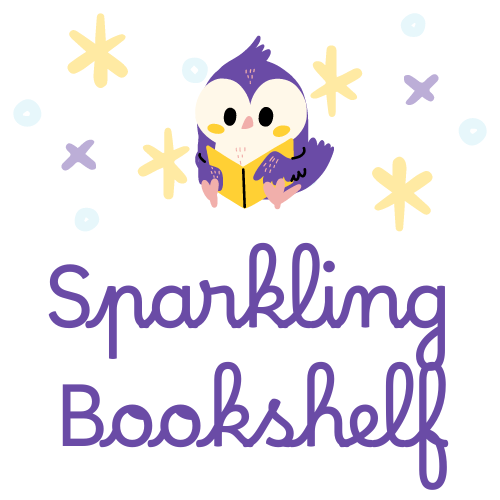
The Importance of Reading for Early Child Development: A Guide for New Parents
In a world where screens dominate our daily lives, encouraging children to develop a love for reading can be transformative. Reading not only helps reduce screen time but also nurtures cognitive, emotional, and social growth in young children. For new parents looking to provide their children with a strong developmental foundation, this guide highlights why reading is essential and how to make it an enjoyable part of your child’s life.
How Reading Supports Early Childhood Development
Boosting Cognitive Skills
Reading stimulates brain activity and supports the development of language and communication skills. By exposing children to diverse words, sentence structures, and storytelling styles, parents help build their vocabulary and comprehension. These skills are crucial for academic success and lifelong learning.
Enhancing Emotional and Social Awareness
Stories introduce children to different emotions and social situations. Through books, they observe how characters handle challenges, express feelings, and build relationships. This exposure fosters empathy and emotional intelligence, helping children understand their own emotions and those of others.
Strengthening Focus and Attention
Unlike the instant gratification of screens, reading requires children to focus and follow a narrative. This practice improves their concentration and memory, skills that are vital for school and daily life.
The Risks of Excessive Screen Time
While technology offers convenience, too much screen time can negatively affect a child’s development. Research suggests that excessive screen exposure can delay speech development, disrupt sleep patterns, and lead to behavioral issues. Unlike reading, which engages the brain actively, screens often provide passive stimulation, offering limited developmental benefits.
Selecting the Right Books for Your Child
Age-Appropriate Choices
Choosing books that align with your child’s age and developmental stage is key:
- Infants (0-1 year): Sturdy board books or puppet books with simple, high-contrast images and minimal text, such as Guess How Much I Love You by Sam McBratney.
- Toddlers (1-3 years): Interactive books with textures, flaps, or rhymes, like Dear Zoo by Rod Campbell.
- Preschoolers (3-5 years): Engaging stories with relatable characters and vivid illustrations, such as The Gruffalo by Julia Donaldson.
Promoting Diversity and Inclusion
Introduce your child to books that showcase diverse cultures, experiences, and perspectives. This helps them develop an appreciation for different ways of life and fosters inclusivity from a young age.
Tips to Encourage a Love for Reading
Create a Welcoming Reading Space
- Design a cozy reading corner with comfortable seating and good lighting.
- Keep books easily accessible to encourage spontaneous exploration.
Make Reading a Daily Habit
- Set aside a specific time for reading, such as before bedtime or during quiet afternoons.
- Minimize distractions by turning off devices during storytime.
Lead by Example
Children often mimic their parents’ behaviors. Show them that reading is enjoyable by reading your own books or sharing stories about your favorite childhood reads.
Engage Through Interactive Reading
Ask questions about the story, encourage predictions, or act out scenes together. This interactive approach makes reading more enjoyable and memorable.
Advantages of Reducing Screen Time
Strengthening Family Bonds
Reading together creates meaningful moments of connection. It’s an opportunity for parents and children to bond while exploring stories and ideas.
Encouraging Creativity and Imagination
Books allow children to imagine worlds, characters, and scenarios. This active engagement fosters creativity and enhances problem-solving skills.
Supporting Better Sleep
Screen exposure before bed can interfere with sleep patterns, whereas reading provides a calming routine that helps children unwind.
Addressing Common Challenges
“My child isn’t interested in books.”
Choose books that align with your child’s interests. For instance, if they love animals, pick stories about wildlife. Audiobooks or e-books with interactive features can also spark curiosity.
“We don’t have time for reading.”
Even 10-15 minutes a day can make a difference. Integrate reading into daily routines, like snack time or waiting for appointments.
“Books are too expensive.”
Explore our huge collection of board books, picture story books, pop-up books etc. and start building your child's first library without breaking the bank.
Conclusion
Reading is one of the most valuable gifts you can offer your child. It supports their intellectual, emotional, and social development while providing a healthier alternative to screens. By creating a reading-friendly environment, choosing engaging and diverse books, and incorporating reading into daily routines, you can nurture a lifelong love for books.
Ready to embark on your child’s reading adventure? Check out our curated selection of preloved children’s books for affordable and delightful options. Share your favourite childhood books in the comments below!
